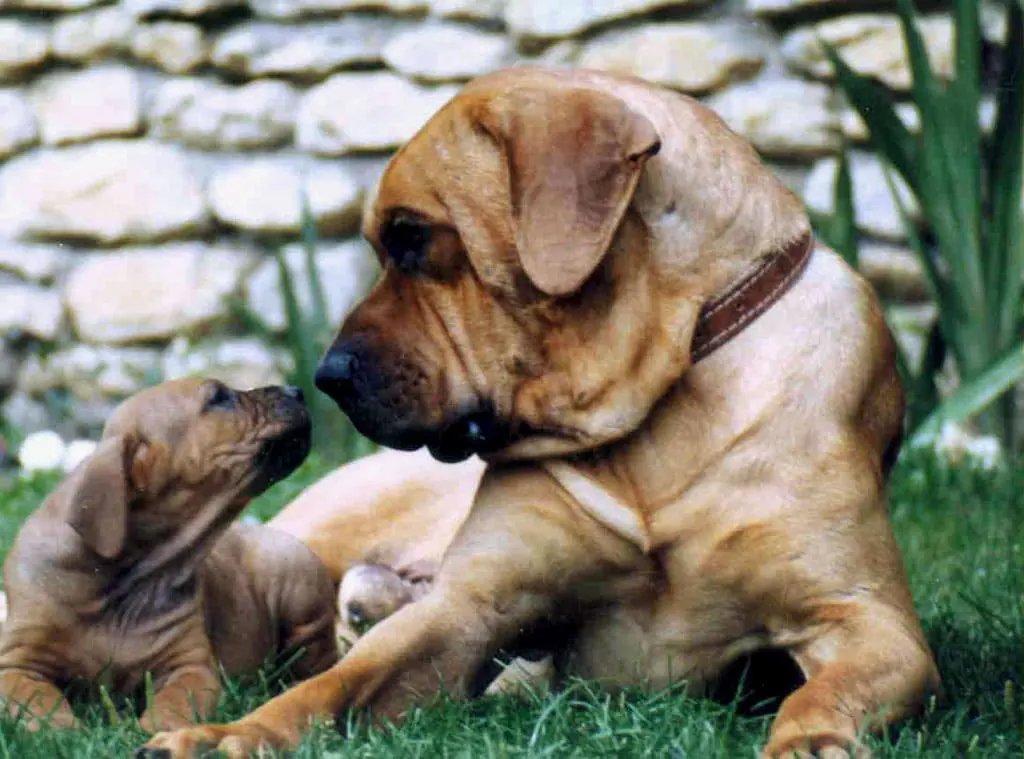Content |
|---|
History
The Tibetan spaniel is a breed native to the mountainous regions of Tibet, as the name reflects. The ancestors of the Tibetan Spaniel are believed to have appeared two millennia ago, along with the Lhasa Apso, the Shih Tzu and the Pekingese, among others. This dog has long accompanied Buddhist monks in their temples, warning their masters and their companions (mainly to Tibetan Mastiff – Do-Khy) from the slightest intrusion.
Even though it's called spaniel, has neither the qualities nor the heritage of a hunting dog. It has always been used as a companion and alert dog.. The first representatives of the breed to be brought to England arrived there at the end of the 19th century.. In United States, the Tibetan spaniel began to be adopted during the decade of 1960 and the national club dedicated to the breed was founded in 1971. 13 years later, earned recognition from the American Kennel Club. In the meantime, the 22 in August of 1961, the Fédération Cynologique Internationale (FCI) granted the breed its own ultimate status.
Photo: Tibetan spaniel by gomagoti – Flickr
Physical characteristics
▷ Fur: silky, glued, smooth, average length, shorter on the face and in the front of the legs. The fringes are present on the back of the front legs. Hair and mane are less dense in females.
▷ Color: all colors are allowed, shades and combinations.
▷ Head: Small in relation to the body, proud port. The skull is slightly domed, medium width and length. The stop is light but it's marked.
▷ Ears: Medium-sized, high insertion, well feathered and hanging.
▷ Eyes: oval, dark brown, medium-sized, placed far apart, forward facing, showing an expressive and lively look.
▷ Body: rectangular, slightly longer than the height of the withers. The neck is moderately short, strong, covered with a mane (more pronounced in males than females). The loin is straight and the ribs are well sprung.
▷ The tail it is high insertion, happily held, forming a loop on the back when the dog is in action and provided with abundant hair.
Size and weight
▷ Male size: 25 – 26 cm.
▷ female size: 22 – 24 cm.
▷ Male weight: 4 – 7 kg
▷ female weight: 4 – 7 kg
Character and skills
The Tibetan spaniel is an alert and active little dog that shows great intelligence. Your education is very easy. Loyal to his family and close to his masters, it is a dog that nevertheless needs independence.
Accumulate many qualities such as affection, the softness, the sensibility. It is a dog very devoted to his family and that adapts as well to a family with children as to a single person or older. It is not an aggressive dog, but be wary of people you don't know, which makes him a very good alert and guard dog because he is full of security.
The Tibetan spaniel is an indoor dog that fits perfectly into an urban lifestyle, In an apartment. The possibility of enjoying a fenced garden also suits you, but you should always be able to benefit from a shelter from bad weather.
Education
The Tibetan spaniel it is a social race that needs regular contact with its humans. They do not respond well when left alone for long periods of time. Having been developed as a companion dog by Tibetan monks, are emotional and empathic with the needs of their owners.
It is important to socialize him Tibetan spaniel at a young age with a variety of people and situations. They are protectors of their family. Even after socializing, they tend to be distant with strangers. If you are scared or uncomfortable, a Tibetan spaniel will express mistrust with loud alarm barks.
Although it is not a particularly athletic dog, he needs daily walks for his physical balance, psychological and emotional.
Health
The Tibetan spaniel it is a strong and healthy dog. But, the breed is prone to a number of diseases, such as the risk of patella luxation, generalized retinal atrophy, urinary stones and persistent pupillary membrane.
Grooming
The Tibetan spaniel It is subject to 2 seasonal moults per year. During these, you are likely to lose hair extensively. Apart from the changes, its maintenance is still undemanding, but it should be done regularly.
It is recommended to brush the dog once a week outside the shedding periods and daily during them.. Special attention must be paid to the hygiene of the inside of their hanging ears to avoid possible infections. You can give it a bath every 3 or 4 months approximately, but it is not necessary to shear it.
Food
The Tibetan spaniel does not need a special diet. Not a very greedy dog. Like all dogs, a good quality diet is advised, adapted to his age, to your state of health and your physical exercise to keep you in good health.
Price of Tibetan spaniel
The price of a puppy Tibetan spaniel it will depend on the sex, the pedigree of the parents, compliance with breed standards, etc.
▷ Price of a Tibetan spaniel male: of 550 to 1200 EUR.
▷ Price of a female Tibetan spaniel : 600 to 1200 EUR.
breeders of the Tibetan spaniel
Characteristics "Tibetan spaniel"
Coexistence is important that you have with your new friend. Before considering the acquisition of a dog of the breed "Tibetan spaniel" you know certain factors. Not all breeds of dogs are apt to live in an apartment, you must take into account his character, their need for exercise, their interaction with other pets, their care and if you have small children, their level of tolerance towards them.
Adaptation ⓘ2.0 out of 5 stars (based on 1 review)
|
friendly dog ⓘ4.0 out of 5 stars (based on 1 review)
|
hair loss ⓘ4.0 out of 5 stars (based on 1 review)
|
|---|---|---|
Affection level ⓘ3.0 out of 5 stars (based on 1 review)
|
Need for exercise ⓘ3.0 out of 5 stars (based on 1 review)
|
Social need ⓘ1.0 out of 5 stars (based on 1 review)
|
Home ⓘ3.0 out of 5 stars (based on 1 review)
|
Toilet ⓘ3.0 out of 5 stars (based on 1 review)
|
Friendly with strangers ⓘ2.0 out of 5 stars (based on 1 review)
|
barking ⓘ3.0 out of 5 stars (based on 1 review)
|
Health ⓘ3.0 out of 5 stars (based on 1 review)
|
Territorial ⓘ4.0 out of 5 stars (based on 1 review)
|
Cat friendly ⓘ4.0 out of 5 stars (based on 1 review)
|
Intelligence ⓘ4.0 out of 5 stars (based on 1 review)
|
Versatility ⓘ2.0 out of 5 stars (based on 1 review)
|
Child friendly ⓘ4.0 out of 5 stars (based on 1 review)
|
Surveillance ⓘ3.0 out of 5 stars (based on 1 review)
|
joy ⓘ3.0 out of 5 stars (based on 1 review)
|
Images "Tibetan spaniel"
Photos:
1 – Tibetan spaniel by Angelica, CC BY 2.0, via Wikimedia Commons
2 – Close up view of a Tibetan spaniel by Docter Nick, CC BY-SA 4.0, via Wikimedia Commons
3 – Buddy, Tibetan spaniel particolor of two years by Ladykransteer, CC0, via Wikimedia Commons
4 – Tibetan spaniel by https://pixabay.com/es/photos/tibetano-spaniel-cachorro-perro-5214218/
5 – Tibetan spaniel by Daimen.Richards, CC BY 2.0, via Wikimedia Commons
6 – Tibetan spaniel relajado by DillyFan503, CC BY-SA 4.0, via Wikimedia Commons
Videos "Tibetan spaniel"
Type and recognitions:
- FCI CLASSIFICATION:
- Group :
- Section : . .
Federations:
- – FCI – Group 9: Section 5: Tibetan breeds ⓘ
- – AKC – Toy ⓘ
- – ANKC – (Toy) ⓘ
- – CKC – Group 5 – (Toy) ⓘ
- – KC – Toy ⓘ
- – NZKC – Toy ⓘ
- – UKC – Group 8 – Companion dog ⓘ
FCI breed standard "Tibetan spaniel"
Alternative names:
1. Tibbie (English).
2. Du Tibet, Epagneul du Tibet (French).
3. Tibetan Spaniel (German).
4. Tibbie (Portuguese).
5. Tibbie (español).
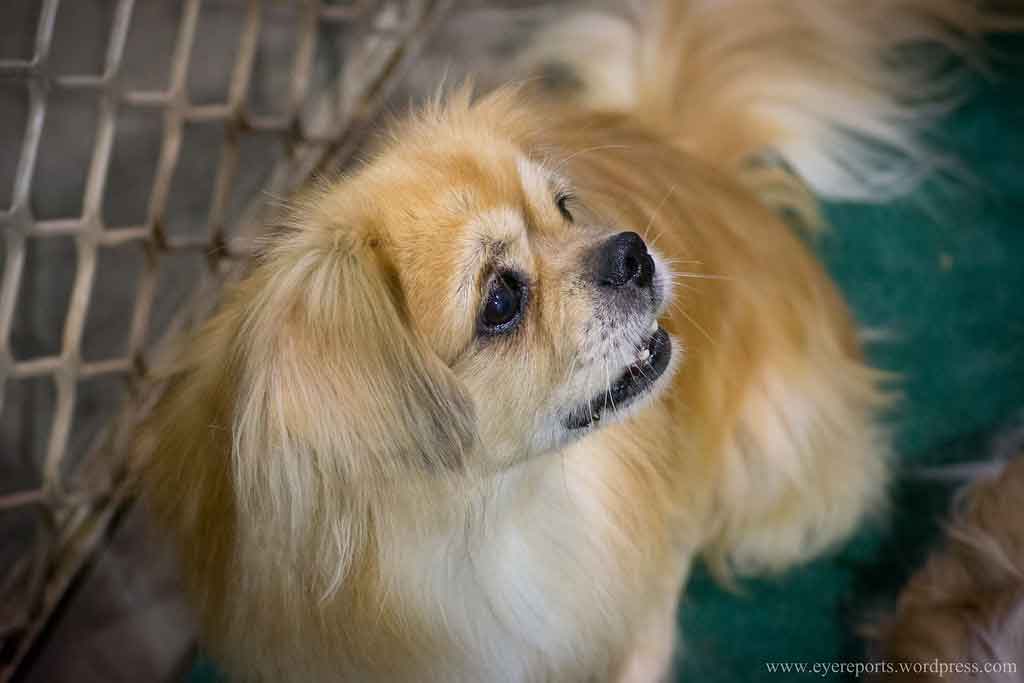
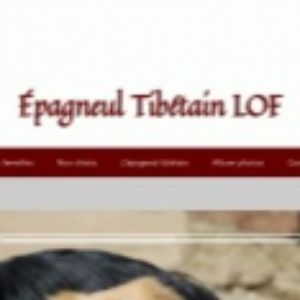
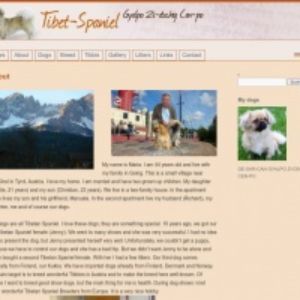
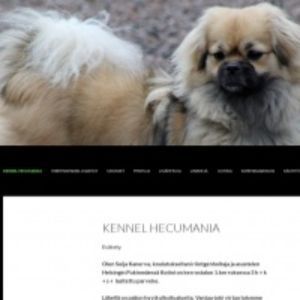

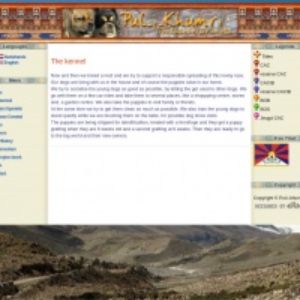

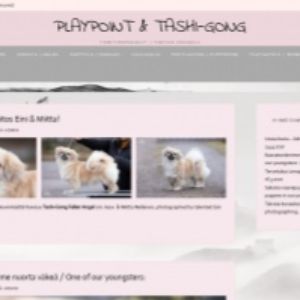
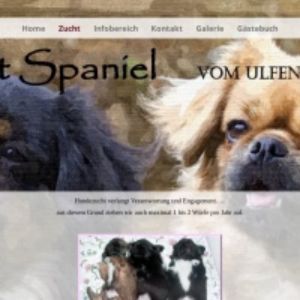
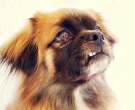
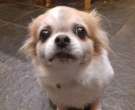
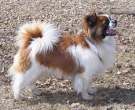
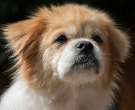
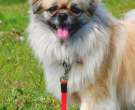
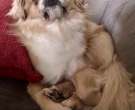
 Tibetan Spaniels | Breed Judging 2020
Tibetan Spaniels | Breed Judging 2020 Tibetan Spaniel – Top 10 Facts
Tibetan Spaniel – Top 10 Facts Tibetan Spaniel – AKC Dog Breed Series
Tibetan Spaniel – AKC Dog Breed Series Dogs 101 – Tibetan Spaniel – Top Dog Facts About the Tibetan Spaniel
Dogs 101 – Tibetan Spaniel – Top Dog Facts About the Tibetan Spaniel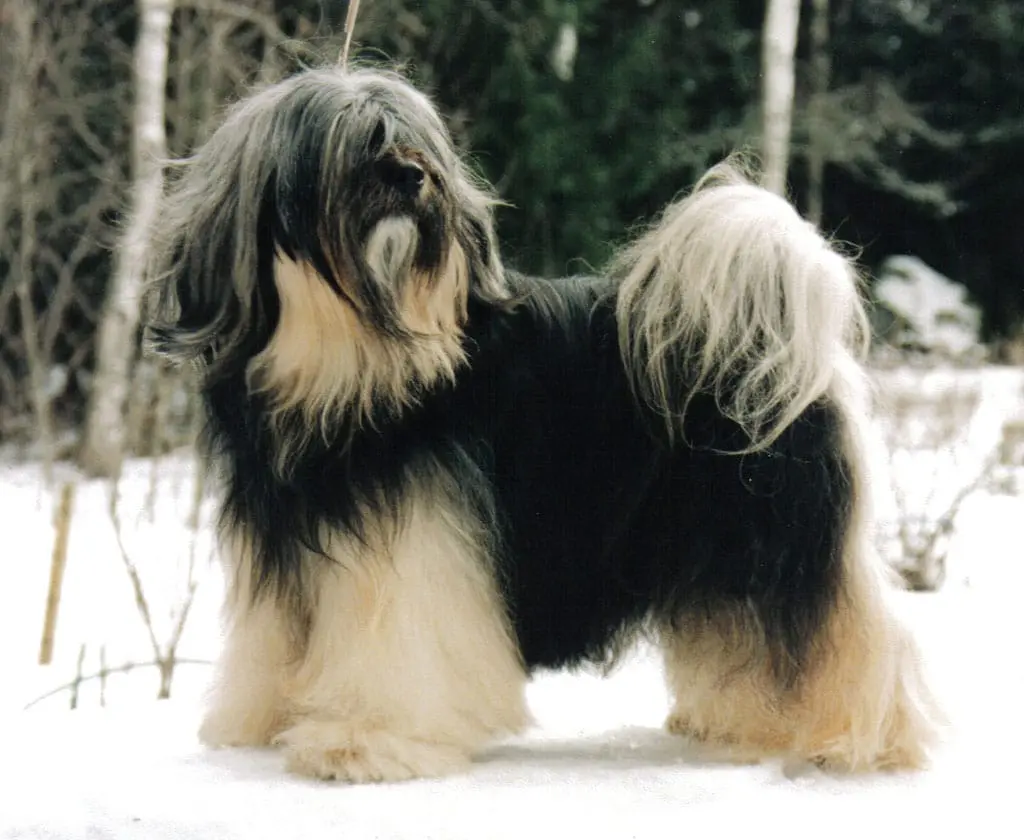
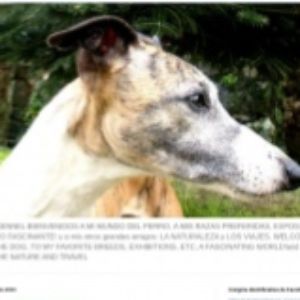

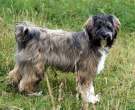
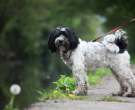
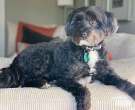
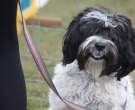
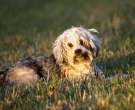
 Tibetan Terrier Dog Breed – Everything You Need To Know
Tibetan Terrier Dog Breed – Everything You Need To Know Tsang Apso – Top 10 Facts
Tsang Apso – Top 10 Facts Terrier tibetano Chester
Terrier tibetano Chester Millie – Tsang Apso – 3 Weeks Residential Dog Training
Millie – Tsang Apso – 3 Weeks Residential Dog Training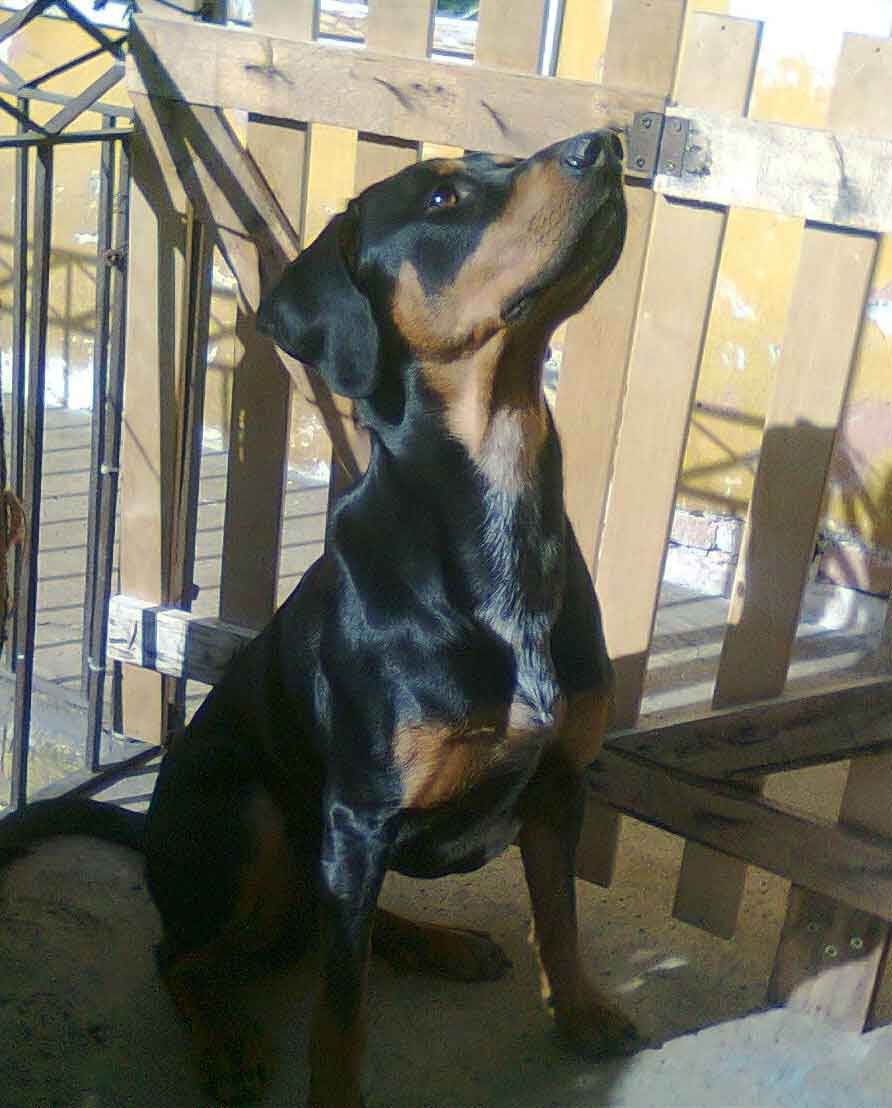
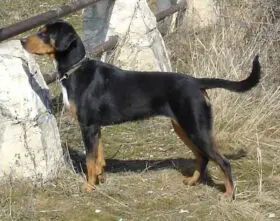
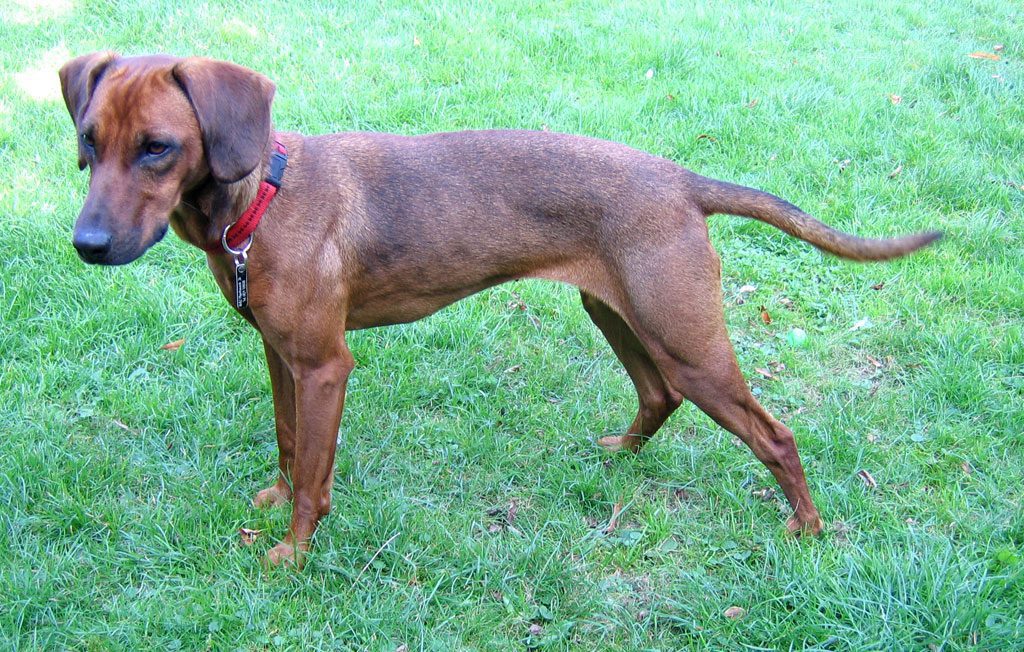
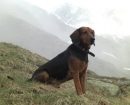
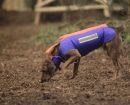

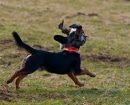

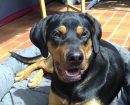

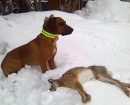
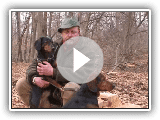 Dog portrait – The Tyrolean Hound
Dog portrait – The Tyrolean Hound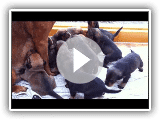 Mother's milk bar is open
Mother's milk bar is open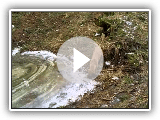 Young Styrian Bracke fights with the ice 😉
Young Styrian Bracke fights with the ice 😉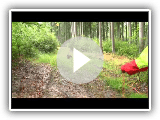 Barbara Schäfer's dog school – Welding work with Tyrolean bracken
Barbara Schäfer's dog school – Welding work with Tyrolean bracken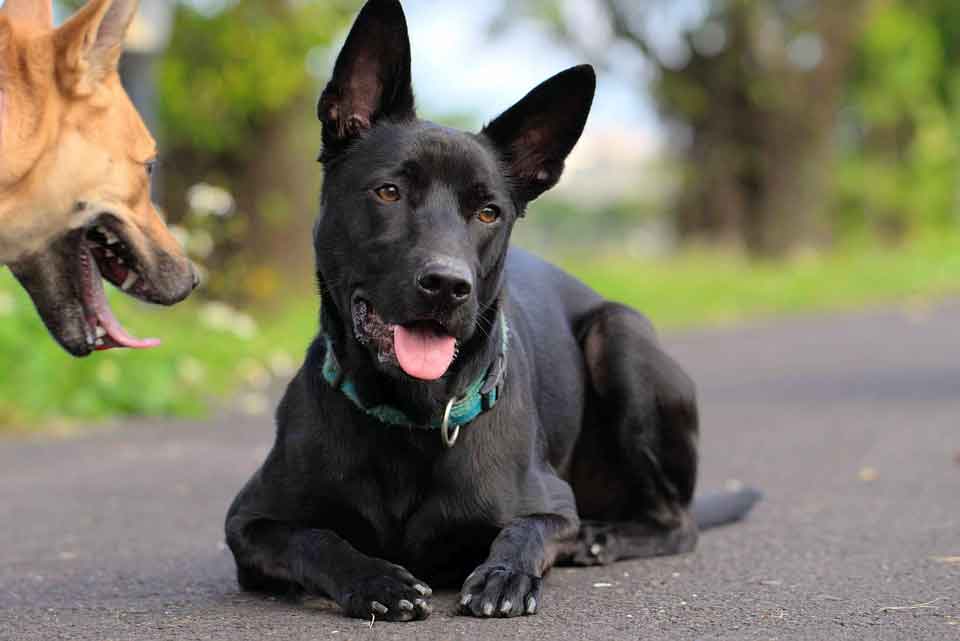
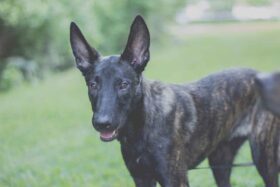
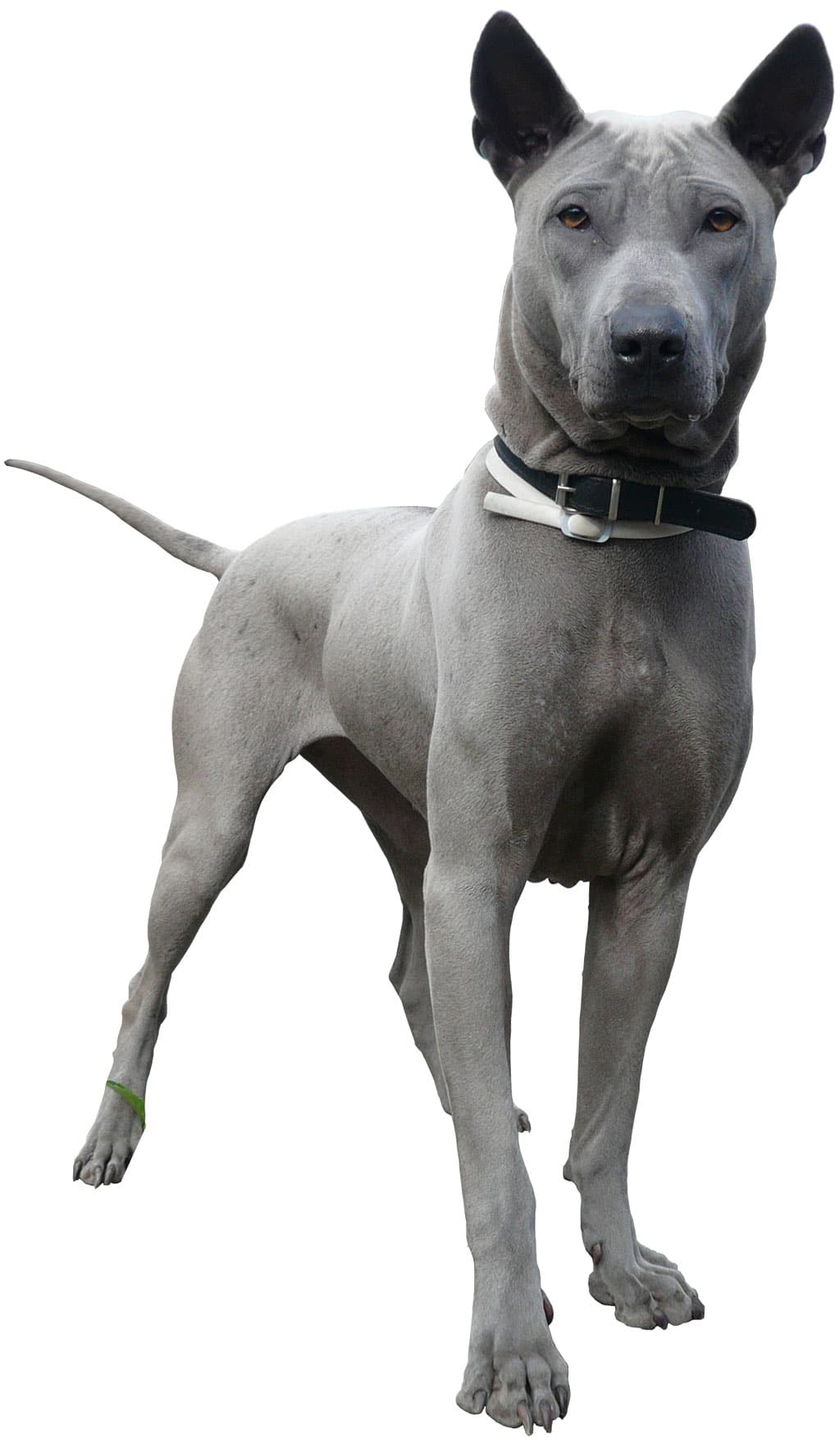



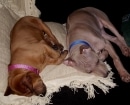

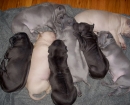
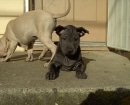

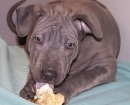

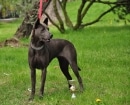

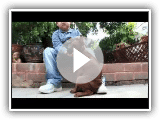 Dogs 101 ~ Thai Ridgeback (Rare Breeds)
Dogs 101 ~ Thai Ridgeback (Rare Breeds)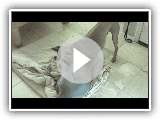 Thai Ridgeback Dogs Groundwork
Thai Ridgeback Dogs Groundwork Thai Ridgeback Dog – PLUMS JEWEL
Thai Ridgeback Dog – PLUMS JEWEL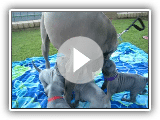 Blue x Juju 4 weeks old June 2010 003.AVI
Blue x Juju 4 weeks old June 2010 003.AVI

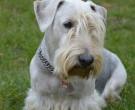


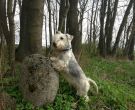


 Trustyâs Unique Shelter Journey: Pet Orphans Episode 11
Trustyâs Unique Shelter Journey: Pet Orphans Episode 11 Bassador | Bassador Playing With Black Cat | Cat Friendly Dog Breed
Bassador | Bassador Playing With Black Cat | Cat Friendly Dog Breed Boston Terrier vs. Basador
Boston Terrier vs. Basador Crazy Bassador (basset hound/labrador) playing on the couch
Crazy Bassador (basset hound/labrador) playing on the couch